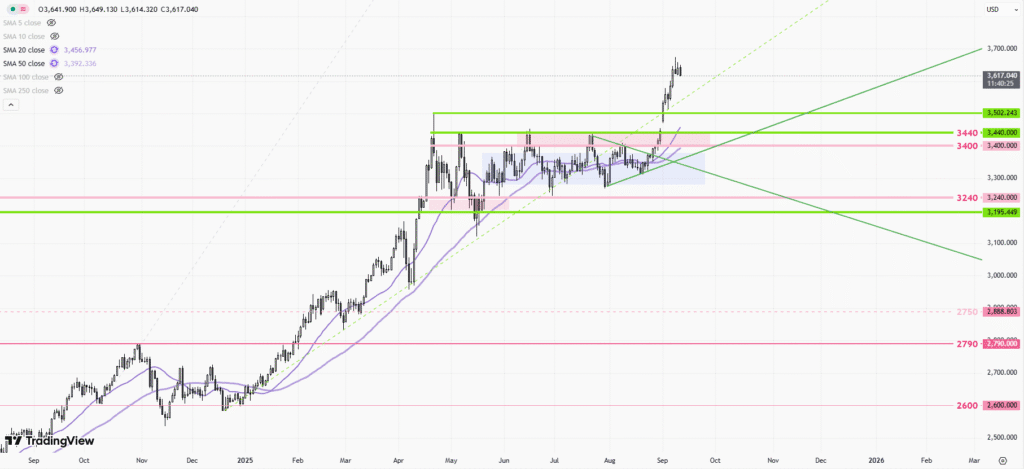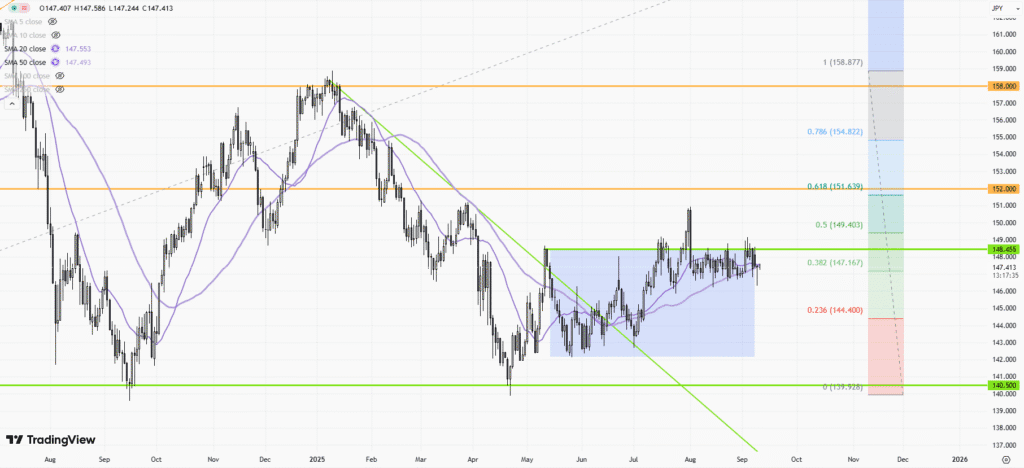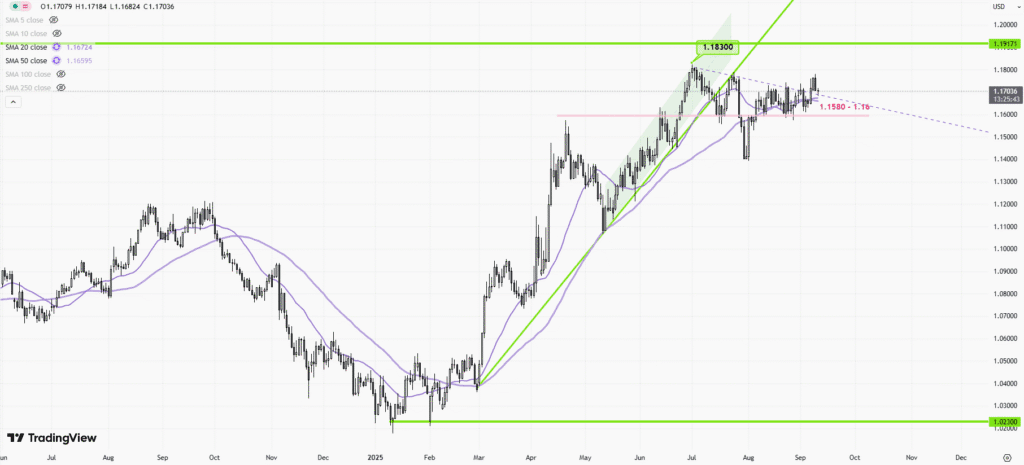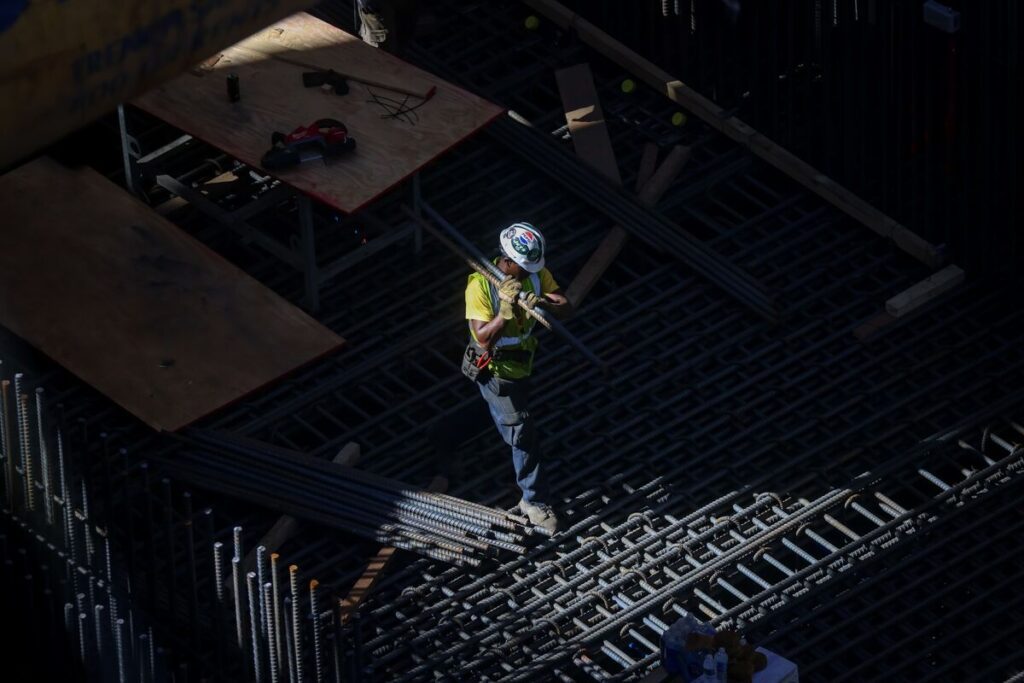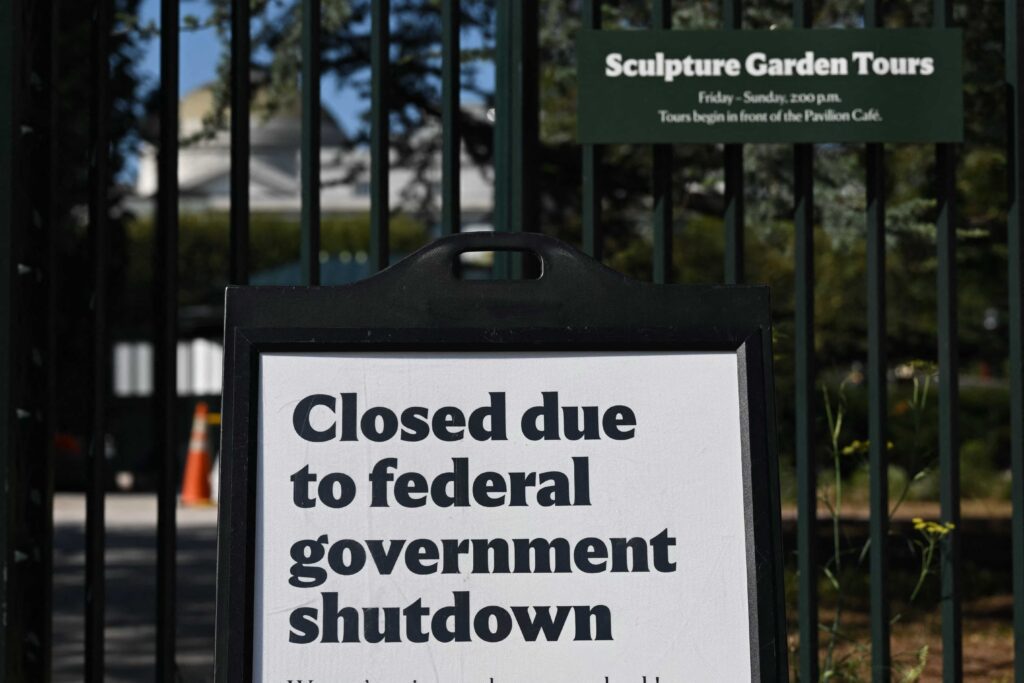 |
| Gold V.1.3.1 signal Telegram Channel (English) |

San Francisco’s 2025 Rental Market Hits Record Highs Amid AI Job Boom and Fierce Competition
2025-08-24 @ 02:00
San Francisco’s rental market has reached a fever pitch in 2025, transforming into one of the most competitive and costly housing environments in its history. While the city has long been known for expensive rent, recent dynamics—driven by the arrival of high-paying AI jobs, a tight housing supply, and persistent demand—have pushed the market into cutthroat territory, echoing the booms of previous tech eras.
Rental Prices Are Soaring
The average rent for a one-bedroom apartment in San Francisco currently sits at about $3,400 per month, marking a steep rise of 13% just since last year. For two-bedroom apartments, the jump is even more pronounced, with rents up over 16%. These figures put the city nearly back at the pre-pandemic highs, rivaling those heady days when Silicon Valley was at peak expansion.
Certain neighborhoods are feeling the brunt of these increases more than others. Mission Bay leads the pack with a jaw-dropping 21% surge in one-bedroom rents since last year. Hayes Valley, South of Market, Civic Center, and South Beach are also registering double-digit rent hikes, reflecting heightened demand in areas close to tech offices and startups.
Driving Forces Behind the Squeeze
Two factors stand out as prime drivers of this surge: the continued return-to-office mandates and the AI hiring boom. As more tech professionals are called back to on-site or hybrid work, the demand for rentals near major employment centers has intensified. This pressure has only been exacerbated by a limited number of new units entering the market, as construction has not kept pace with the city’s economic rebound.
In these conditions, landlords are seizing the opportunity. With scarce inventory and a flood of well-paid renters competing for homes, rent concessions like a free month or reduced fees have become rare—especially in popular neighborhoods.
A Landlord’s Market
Rental turnover remains low, as existing tenants are reluctant to leave in fear of being priced out of the market. This inertia further tightens supply, leading to frenzied competition for what little becomes available. Those hoping to secure an apartment now often face bidding wars, or feel compelled to offer several months—sometimes an entire year—of rent upfront to outmaneuver the competition. For those hoping to buy rather than rent, steep interest rates and continued high home values have pushed that goal out of reach for many, keeping even more people in the crowded rental pool.
In this climate, renters are forced to get creative. Instead of relying solely on online listings, many are leveraging personal networks to find apartments before they officially hit the market. Direct communication with property managers, early apartment viewings, and word-of-mouth referrals have once again become essential tactics—much like during previous tech booms that reshaped the city.
Market Trends and Outlook
San Francisco’s median rent now exceeds $3,400, with year-over-year growth rates far surpassing the national average. The pace of these increases is notably faster than previous years; in the first half of 2025, rents jumped over 8%, as opposed to under 3% during the equivalent period in 2024. While some small seasonal dips still occur—making winter the slightly cheaper time to search for a home—this summer’s spike has caught even seasoned observers off guard.
Tech-driven neighborhoods in the city’s east, such as the Mission and Potrero Hill, have become flashpoints in this red-hot market, reflecting the gravitational pull of new AI companies and tech-startup activity. These neighborhoods now evoke memories of earlier cycles—when the dot-com boom or post-recession recovery similarly pushed rents to new heights.
What Renters Should Know
In this landscape, the importance of flexibility and preparation cannot be overstated. Successful renters often have their paperwork ready in advance, maintain flexibility regarding move-in dates, and act quickly when a promising unit appears. Building a network of local connections and staying informed about off-market opportunities can provide a crucial edge.
While San Francisco remains a magnet for ambitious workers, especially in the AI and tech sectors, the challenging rental environment means would-be residents must be more resourceful than ever. Until supply outpaces demand or external factors cool competition, San Francisco will likely continue to test both the budgets and the resilience of its renters.


